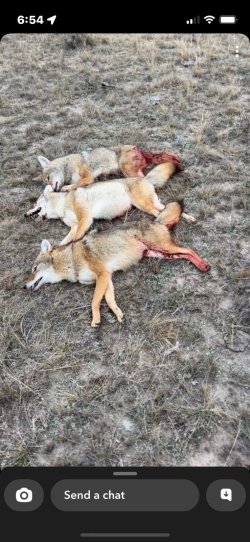DMP25-06
Well-Known Member
That knife is looking really good !!!We are having another blue-sky day before winter knocks on our door tomorrow. I started a material removal knife this morning, laid it out, roughed it out, then smoothed it out and rough ground it smoothed the sharp edges and did the first heat treatment. It is now being crio treated till tomorrow when I will bring it to room temp. and heat treat it at 1450 degrees F again as it is 52-100 bearing steel. I get it ground close to the final grind and smooth the sharp edges so that there are no stress risers to create cracks when I heat it and then quench it. At this time, it is brittle on the edge and will need to be drawn back to a good hardness of around 62 rockwell after I have the grain structure refined so that it will be tough, hard but not brittle hold an edge well and not chip. The guy that taught me how to do this heat treatment used to drop a new knife point down on a cement floor and have it stick standing up in the floor. I broke several blade tips before I got it right. He told me you will make a five-gallon bucket full of knives before you get one that you are really happy with. I have maybe 3/4 of a bucket full now and I think each new one is an improvement over the last one .
How many hours from sketch to rough knife ?

